There are flies. Flies everywhere. Thousands of them, I’m not exaggerating, not today. A literal fuckton of flies are swarming all around us. It’s not us they’re after, but all the trash, mountains of the stuff. Actual mountains. There’s so much trash; cans, carpets, chairs, couches, clothing, clocks, computers, stuff that starts with a different letter, also — it’s all there. All of it hard to make out. Because of the flies, you see.
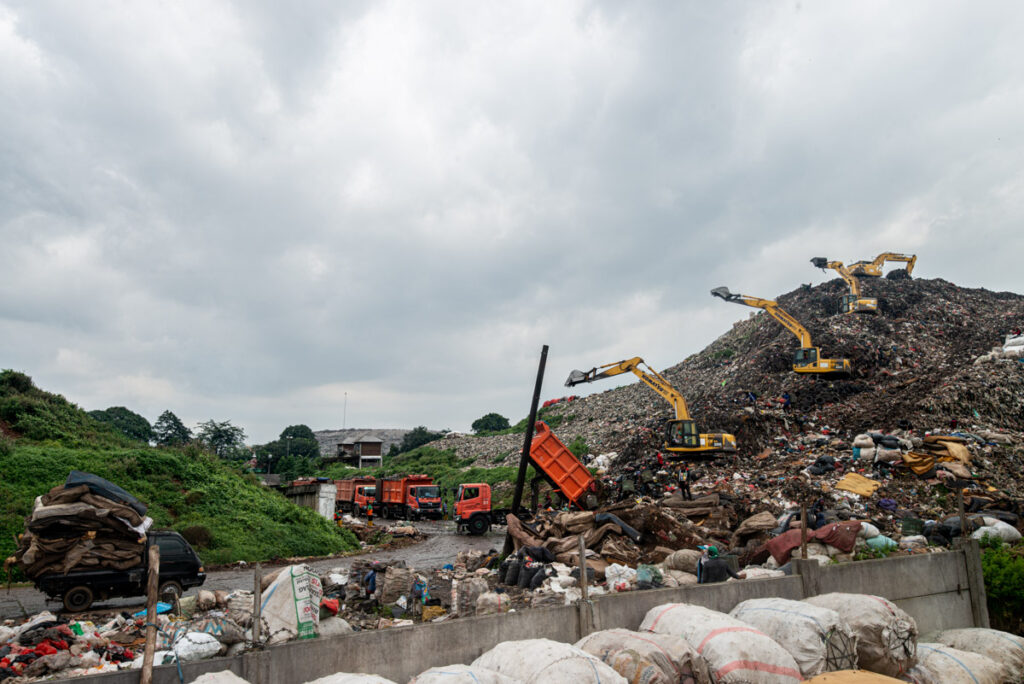
As I stand there, looking out over the biggest landfill in Southeast Asia, I think of my sister-in-law, the younger one. She hates flies, loathes the little bastards with such a passion that it scares me. We are walking around her nightmare and I tell Ellis, ‘this is your sister’s nightmare.’ Ellis agrees.
To be clear, we decided to come here. We didn’t get lost, or tricked, or kidnapped by trash gangsters. This is where we wanted to be — the largest landfill in one of the biggest countries on earth: Bantar Gebang, in Bekasi, Indonesia. Though Bantar Gebang is not in Jakarta, it gets most of its trash from that city of 10 million waste producers, or people. Old, young, of every color and from many nations — they create 6.000 tonnes of trash a day. It arrives in a caravan of garbage trucks that snake through these mountains of trash to dump their filth; my filth.
We are here because there’s something special amidst all of this trash: a kingdom. A tiny island nation hidden among these seas of waste. It has a queen and everything. Its name? BGBJ—or ‘the Seeds of Bantar Gebang’.
After this little intro, you might have a couple of questions zooming around your head.
- What in the world is BGBJ?
- Who is this queen?
- Why, for Pete’s sake, are we there?
And maybe, the most important question:
- Who are these ‘seeds’ of BGBJ?
Let’s get started.
Chapter 1 — Who is the queen of BGBJ?
Kids can be mean. Even for something as small as listening to a song that’s ‘so yesterday,’ eight graders might just eat you alive. Imagine what happens if you live in a landfill; when your parents work with trash; when your house is recycled waste; when all your clothes smell of garbage. You’ll be the entrée, main course and dessert.
It’s Resa Boenard’s childhood story.
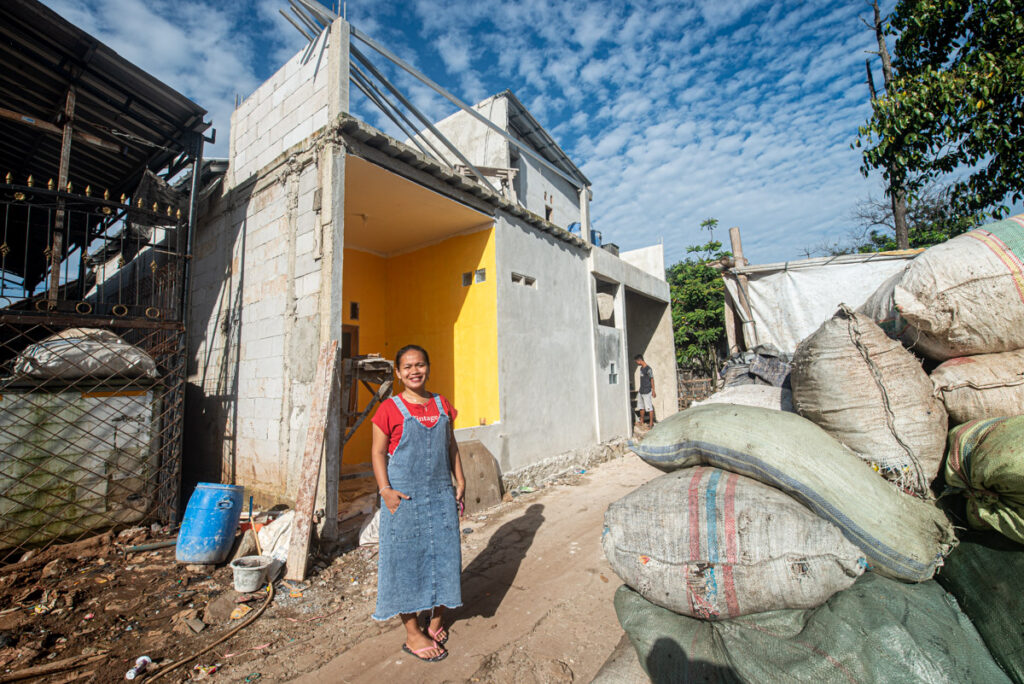
Growing up in the middle of all that trash could just as well have made Resa feel like trash, but that’s not who Resa is. No, Resa is a queen. She is the queen of BGBJ today and has been royalty throughout her life.
Because when the kids at her school started taunting Resa, saying she was the princess of Bantar Gebang she took that title and ran with it. ‘Yes, I am the princess of the dump!’ she would tell those who mocked her. She would wave a royal wave, laugh any insults off and take everything in stride.
And years later, when she got the chance to study and be anything else than a landfill princess, she decided she wanted to become a queen. Because Resa herself had the chance to grow, learn, and leave the landfill at Bantar Gebang showed her she could help other kids do the same.
That’s when she started BGBJ.
Chapter 2 — What in the world is BGBJ?
Before there was a landfill, there was already a village at Bantar Gebang. The village is still there, but now it’s surrounded by mountains of trash which are growing at an alarming rate. Around 6.000 families still live there and try to earn a living from the waste.
Most of these are trash pickers.
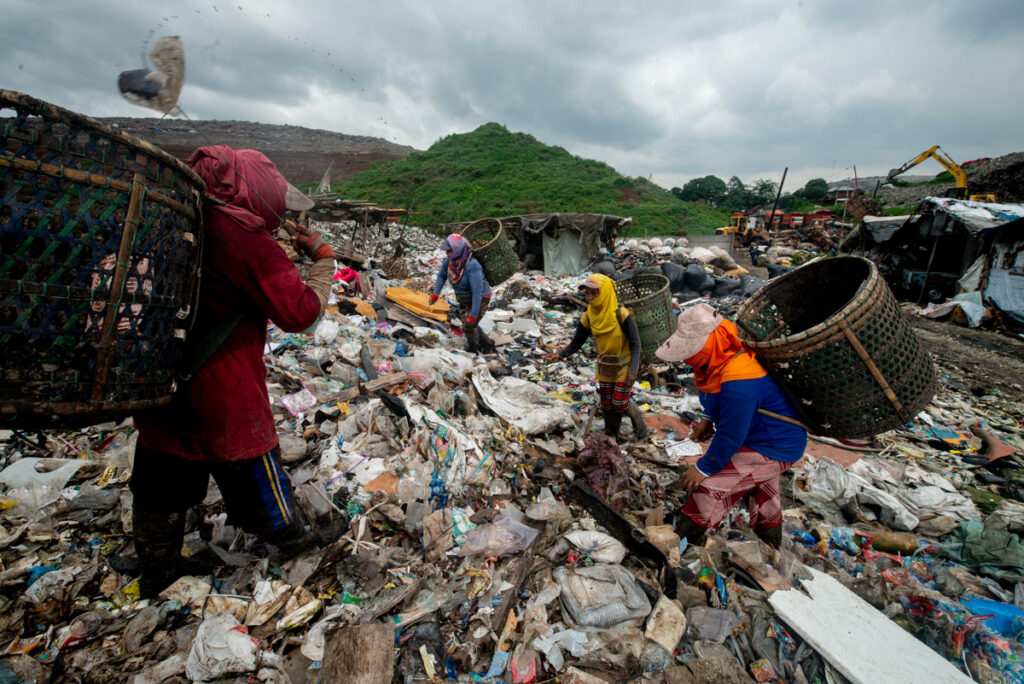
Now, no job at a landfill is desirable, but trash picking is the worst of all vocations at Bantar Gebang. Day and night trash pickers struggle across the mountains of trash, dodging mechanical beasts, pushing the trash ever upward, breathing in the toxic air to find scraps of material they can sell.
As you will understand a community such as this faces a host of challenges; poor quality housing, a lack of sanitation, work-related injuries and illness, and an unpleasant living environment. On top of that, most families have to keep their children out of school so they can help earn a living wage. This creates a cycle of poverty that is hard to break.
Resa lived through all this and saw how that cycle of poverty kept friends and family from prospering and moving away from the landfill. She decided she wanted to help break this cycle. Resa believed educating the kids at Bantar Gebang would help them move away from the place.
And that is what BGBJ does; it’s a community center that helps to ease the current problems of the families living in Bantar Gebang and a hub that assists young people to break free from the cycle of poverty they are in.
Chapter 3 — Why, for Pete’s sake, are we there?
‘There are only two certainties in life: death and taxes.’
And trash. Yeah, let’s make it three certainties because man, do we create a lot of trash. All this trash has to go somewhere. Whichever place you put it, will become too small because there is always more trash.
That’s what’s happening at Bantar Gebang—the trash is outgrowing the area and more areas need to be converted into landfill. One of those areas the government wants to convert into a trash yard is the village of BGBJ.
All the houses, all the people, the Kingdom of BGBJ and Queen Resa have to go.
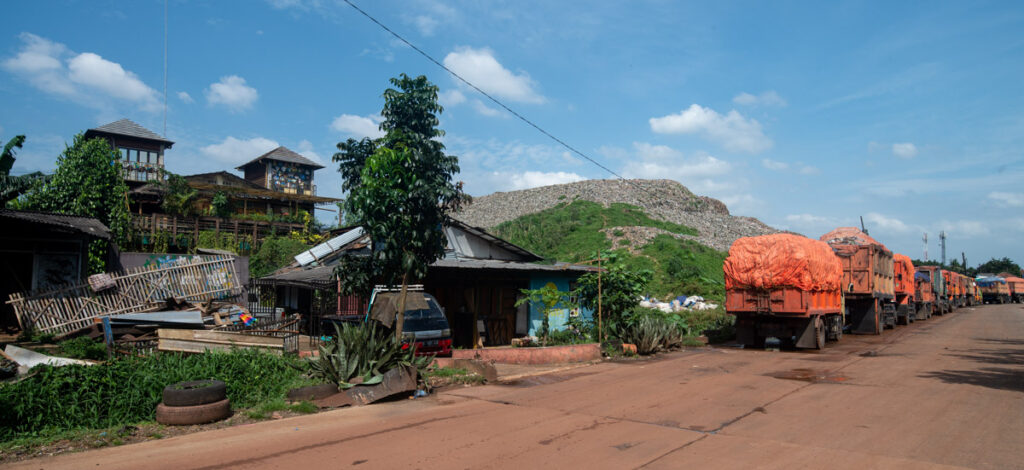
That’s sad, immensely sad. After 17 years of BGBJ, Resa will have to leave behind the kingdom she has built. However, as long as we don’t stop creating trash, new landfills will have to be created.
And so the government of Indonesia is going to buy up BGBJ and the kingdom will cease to be. But Queen Resa isn’t done yet, there is still work to do—a cycle of poverty to break. Whatever happens, Resa wants to start again and from the ashes of BGBJ a new kingdom will rise, but…
Resa fears the government will try to buy her land for two cents on the dollar — it’s land in the middle of the landfill, they will say. It is worthless. Though it isn’t worthless. We know that now. BGBJ is, if anything, priceless. You can’t describe what Resa has created over these last 17 years in any metric, graph or—shudder and shake—a number on a cheque.
Yet, what can she do against the might of the Indonesian government?
Something. That’s what, Resa Boenard does not sit idly by as faceless civil servants destroy what has cost her so much to build, with the flick of a wrist.
That’s where we come in.
Sub-chapter 3.1 — How the heck did we get there?
We met Resa in Bali, as one does. I mean, who hasn’t met a queen in Bali?
We were visiting one of our favorite hotspots, a creative studio called Lalaland, where they screened a documentary called Sampah. ‘Sampah’ is Indonesian for trash. Yeah, you’ve got it. It was a documentary about BGBJ and about Resa, who was there.
Seeing this documentary gave Ellis the inspiration to do a project at BGBJ she’s had on her heart for years.
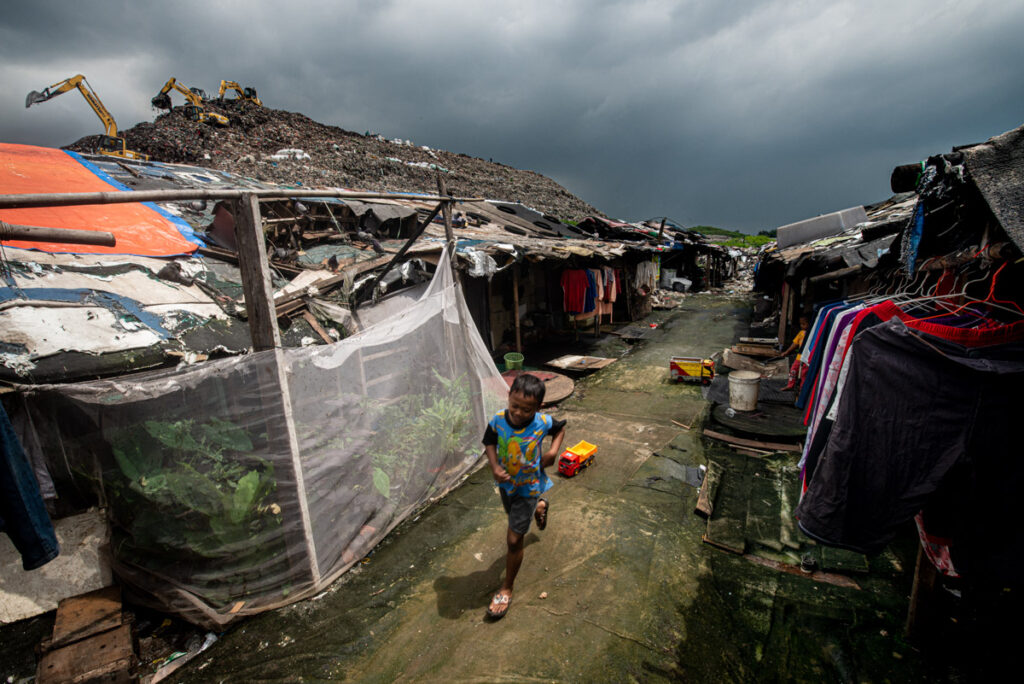
With this project Ellis wants to find out what children want to be when they grow up and photograph them dressed up as if they were already a chef, pilot, firefighter, or police officer. Ellis wants these pictures to make these kids’s dreams a little more real and help them work towards the future they see for themselves.
So Ellis got in touch with Resa and pitched the projected. Resa loved it, Resa loves everything that’ll help to empower her kids. However, with corona raging and Jakarta amid some pretty heavy flooding, it wasn’t the time.
A week later, Resa called Ellis back. She needed a photographer.
Sub-chapter 3.2 — What did we actually do at BGBJ?
After receiving the news that the government was to buy her land, Resa knew she had to get moving if she wanted to control the process. Knowing the Indonesian government, she felt she needed leverage to pressure the government into giving her a fair price.
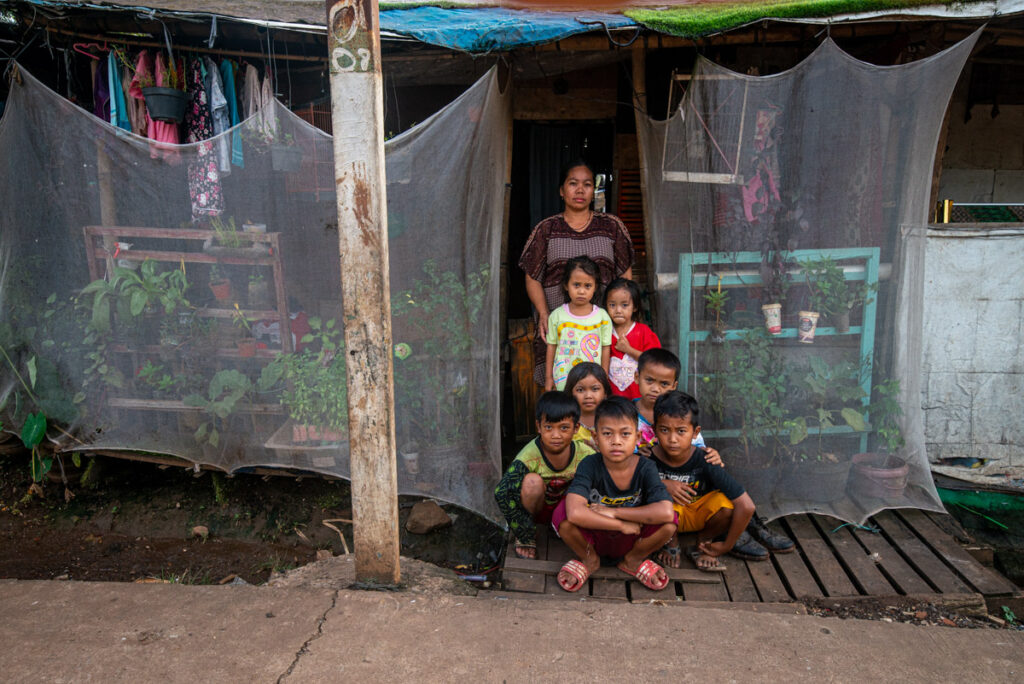
Luckily, throughout the years, Resa has built a vast network of both local and international supporters for her cause. She’s been named one of Indonesia’s most inspiring women, has traveled the globe speaking about her project, and many people travel to BGBJ to sleep at the BGBJ hostel and work as volunteers.
To get the attention of these people for what BGBJ has been doing for the community of Bantar Gebang for 17 years, she wanted to create a beautiful photobook which could she can sell to create awareness for BGBJ’s current situation.
So, that’s what we did at BGBJ. We spent 10 days at the Kingdom of BGBJ and Ellis photographed everything from the ‘castle’ to the families BGBJ helps.
Chapter 4 — How was it, really?
Be honest, you want to know what it smelled like, right? That’s all you’ve been thinking about; did it smell like, really bad? Like, really, really, bad?
Who cares? That’s not interesting. How can it be interesting?
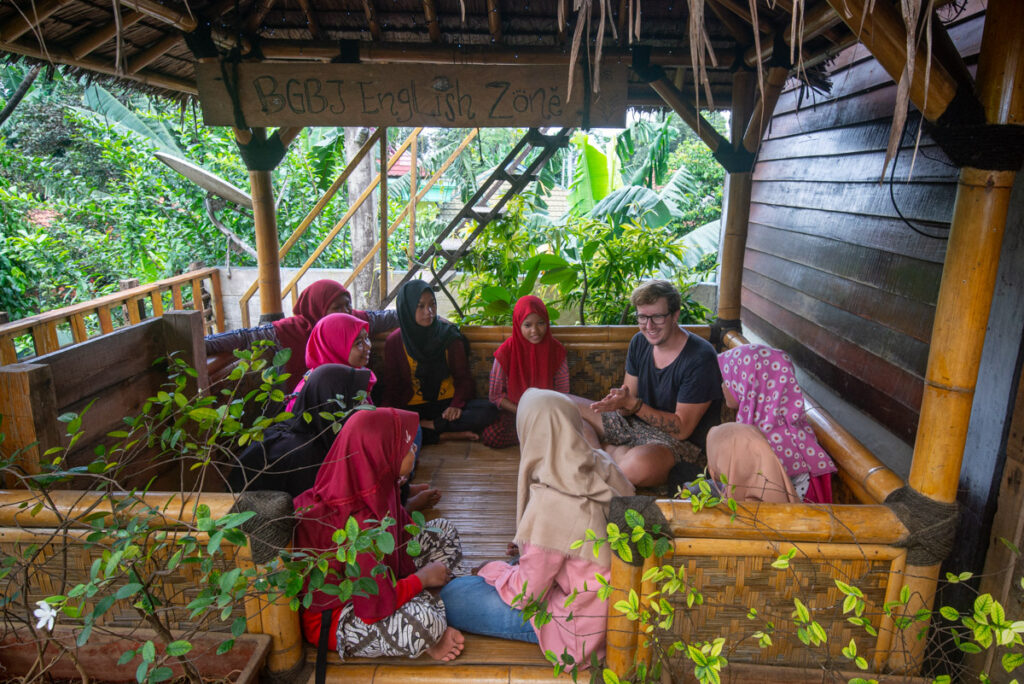
On the first night we came to BGBJ, it wasn’t the smell that took us by surprise. Visiting a landfill, the smell isn’t pleasant, but the people? That’s what’s interesting.
Not only Resa welcomed us into the house, but also five smiling faces belonging to five very shy teenagers. Although they have an English class at BGBJ, actually talking English was quite a challenge. What do you say to two strangers?
But we had a lovely first night. And a lovely second night. And the entire week at BGBJ was just wonderful. They treated us with love and care, sharing in wonderful conversations, amazing food and loads of laughter.
Ellis got to meet with many families and took pictures of the many aspects of life at Bantar Gebang — from the community center to the families’ living conditions.
So what does it matter that it doesn’t smell amazing, if the people are?
Chapter 5 — Who are the ‘seeds’ of BGBJ?
So, BGBJ is short for ‘the Seeds of Bantar Gebang’ in Indonesian, but who are these ‘seeds’?
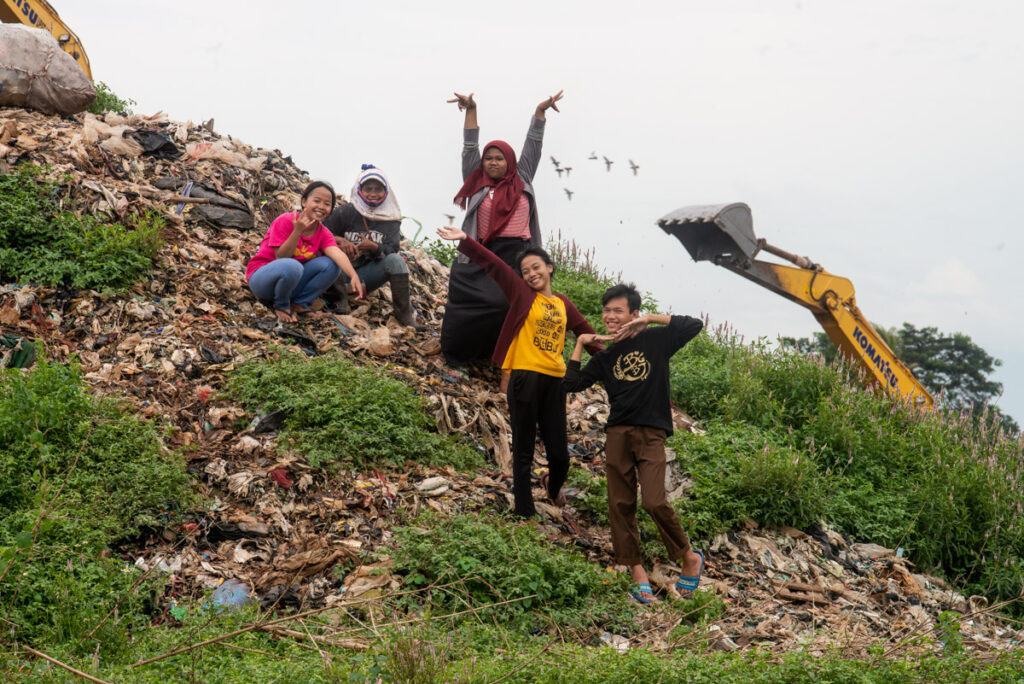
The kids, of course. The kids who come to Bantar Gebang to learn and play and be seen and loved. They are the seeds that Resa wants to plant with BGBJ, to nurture them until they grow and grow, much like the beanstalk in the famous fairy tale — to the clouds and beyond, ever higher.
Because these kids might be born amongst the trash, but they are far more than that. Though they have fewer chances, they don’t have smaller dreams, or lesser expectations of what life can give them.
The only thing is…they might need a little more help. And we’re so thankful we got the chance to help them a little.
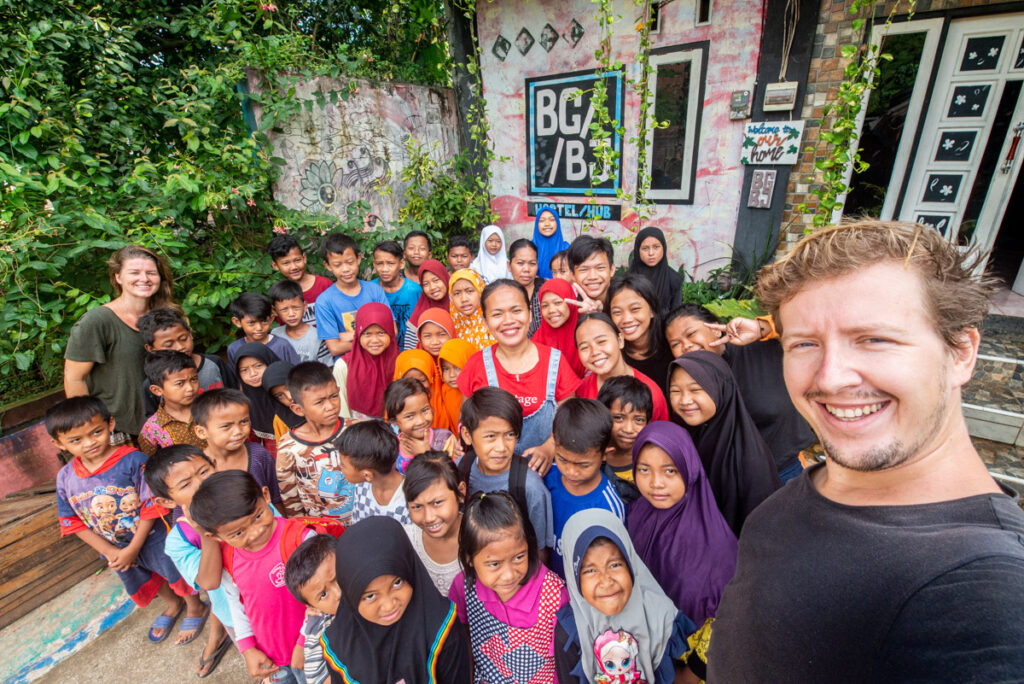
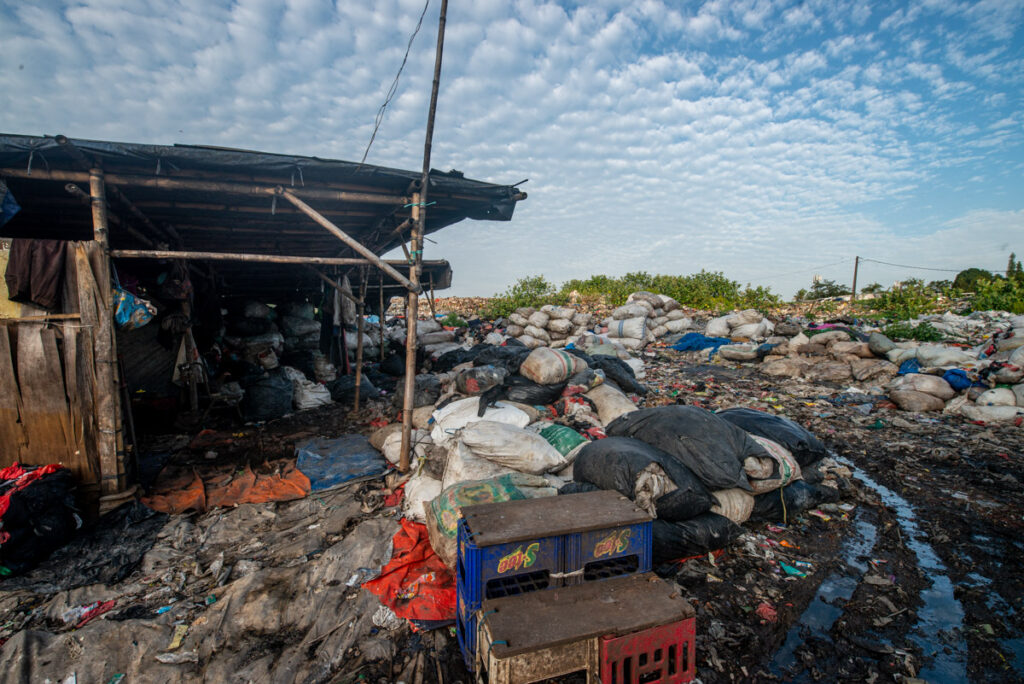
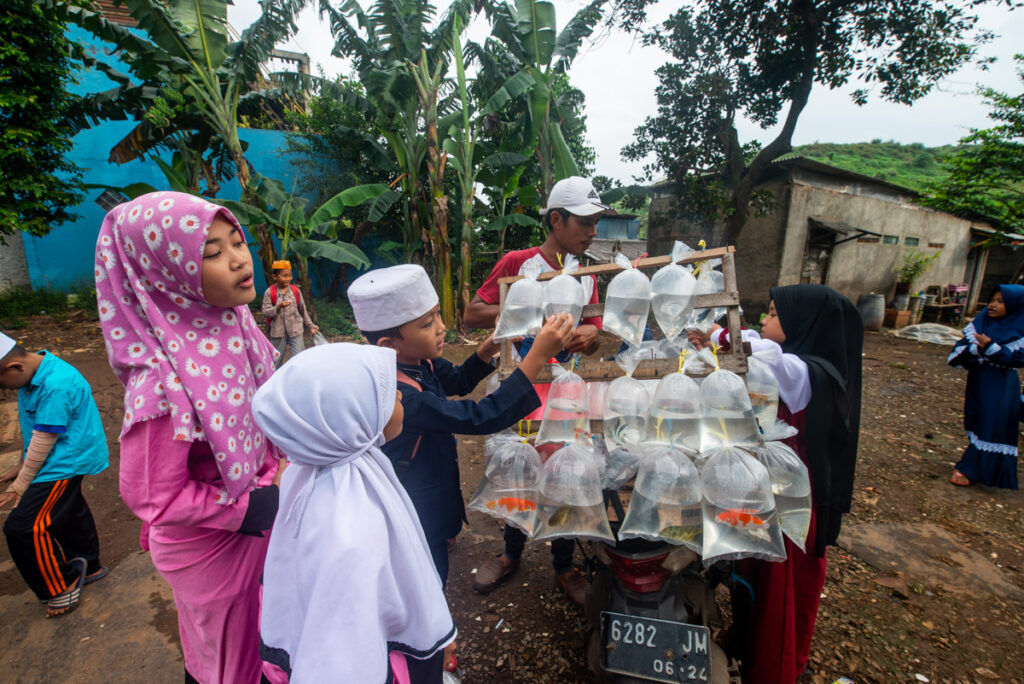
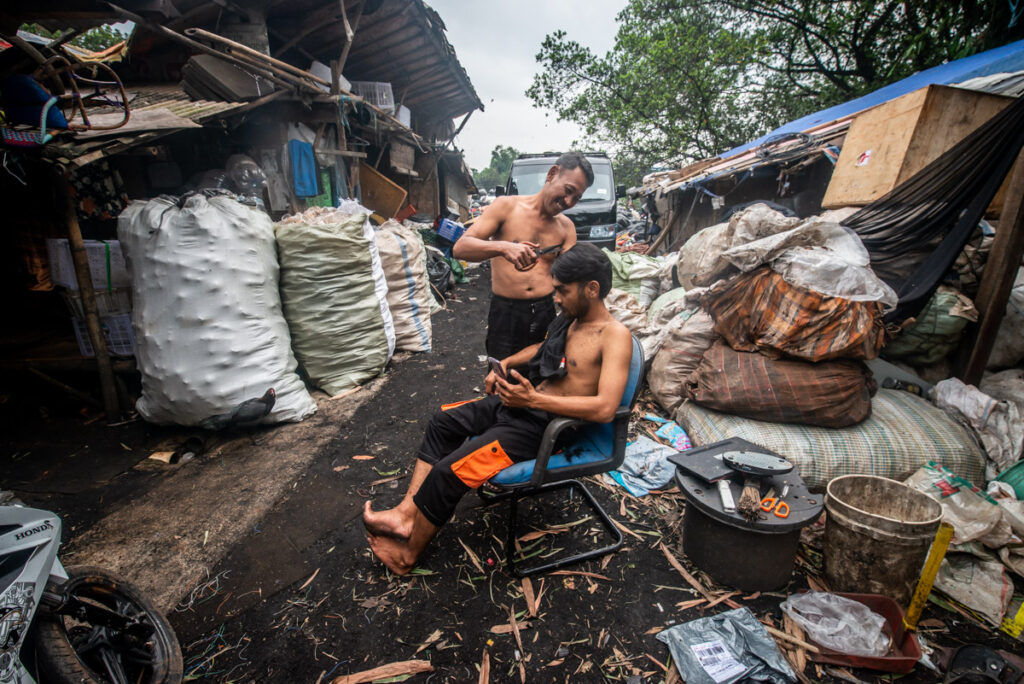
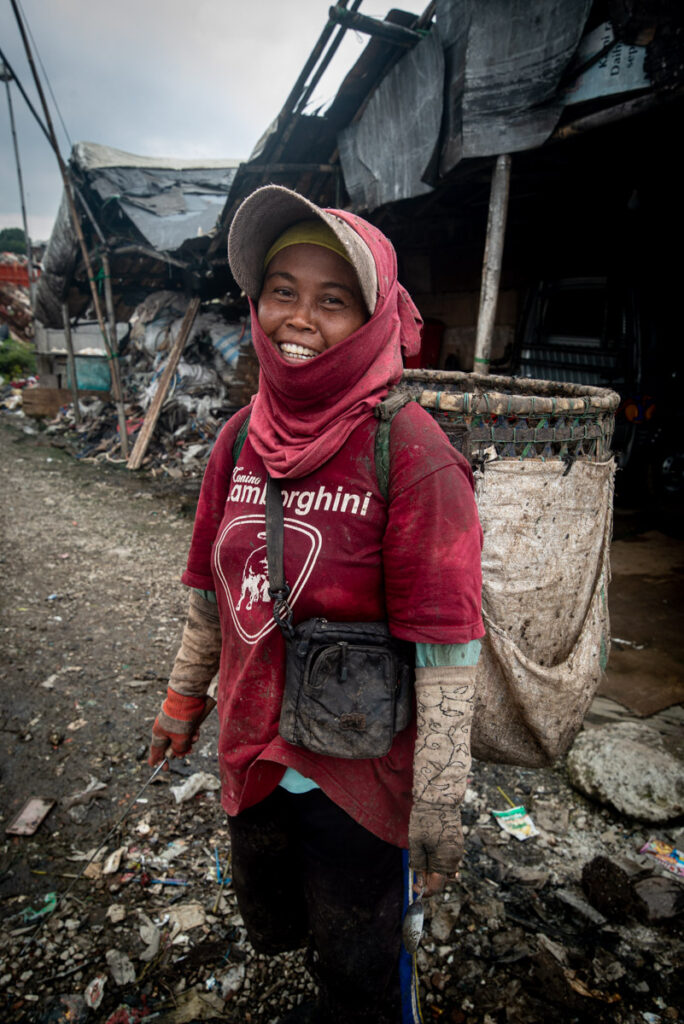
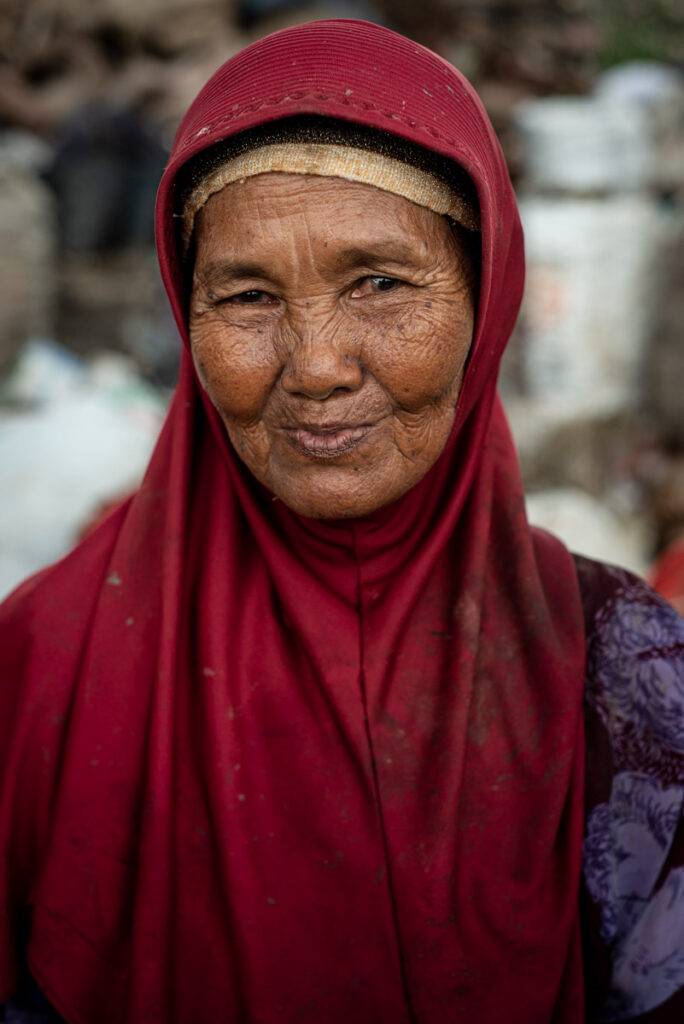
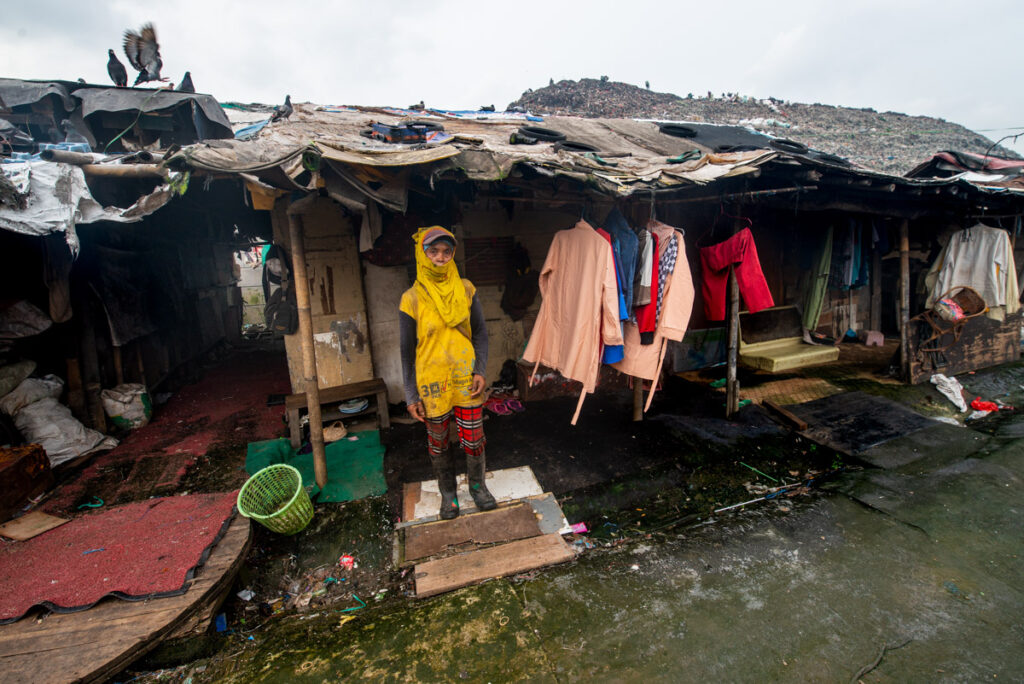
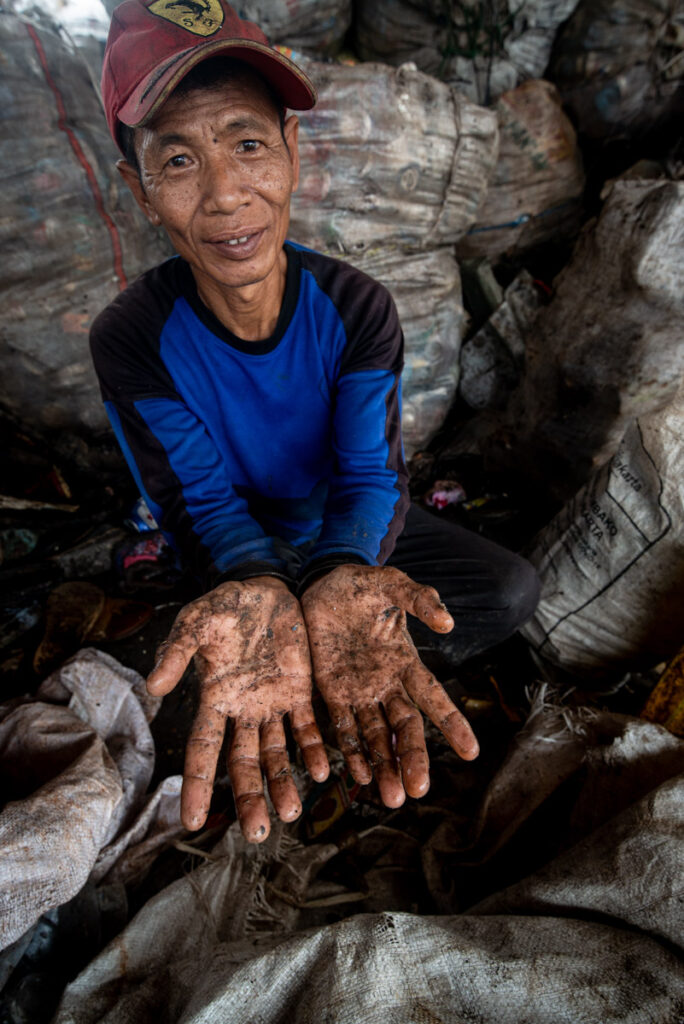
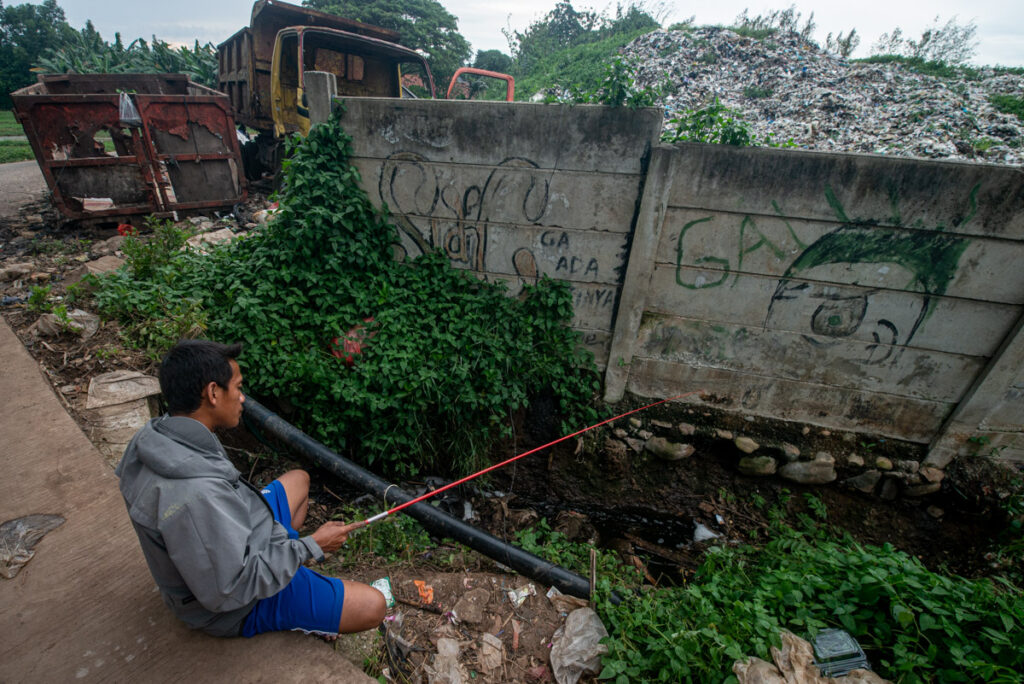
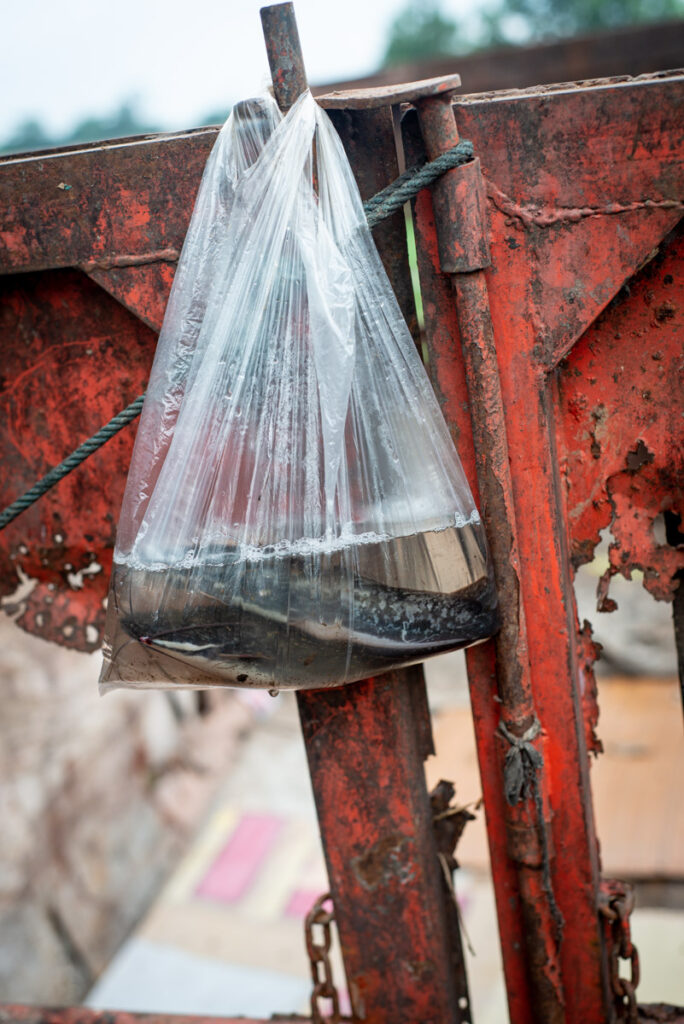
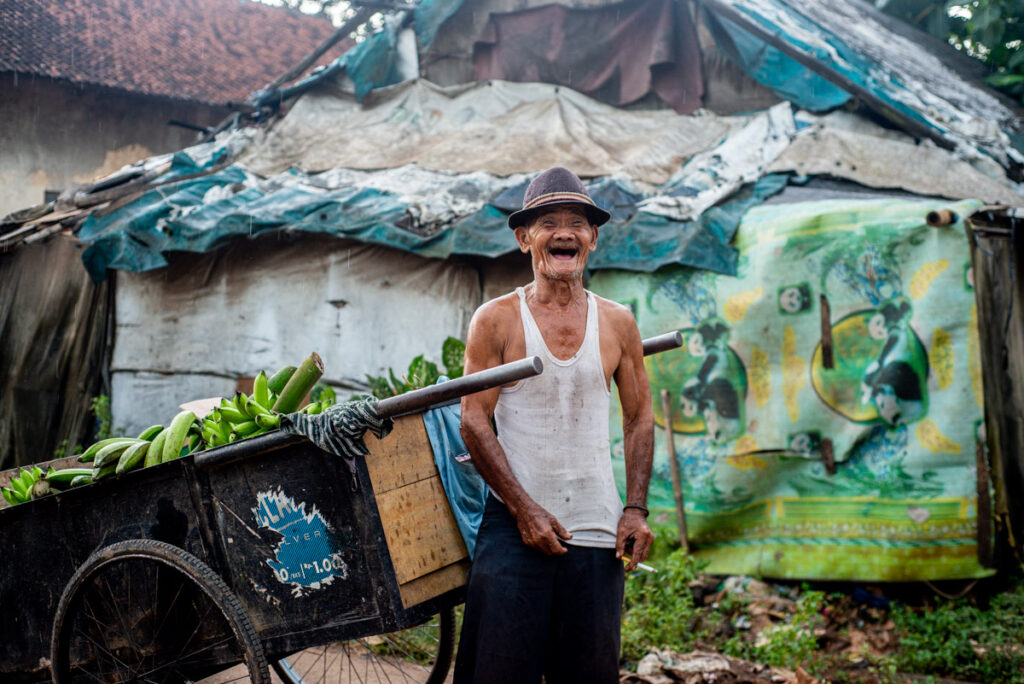
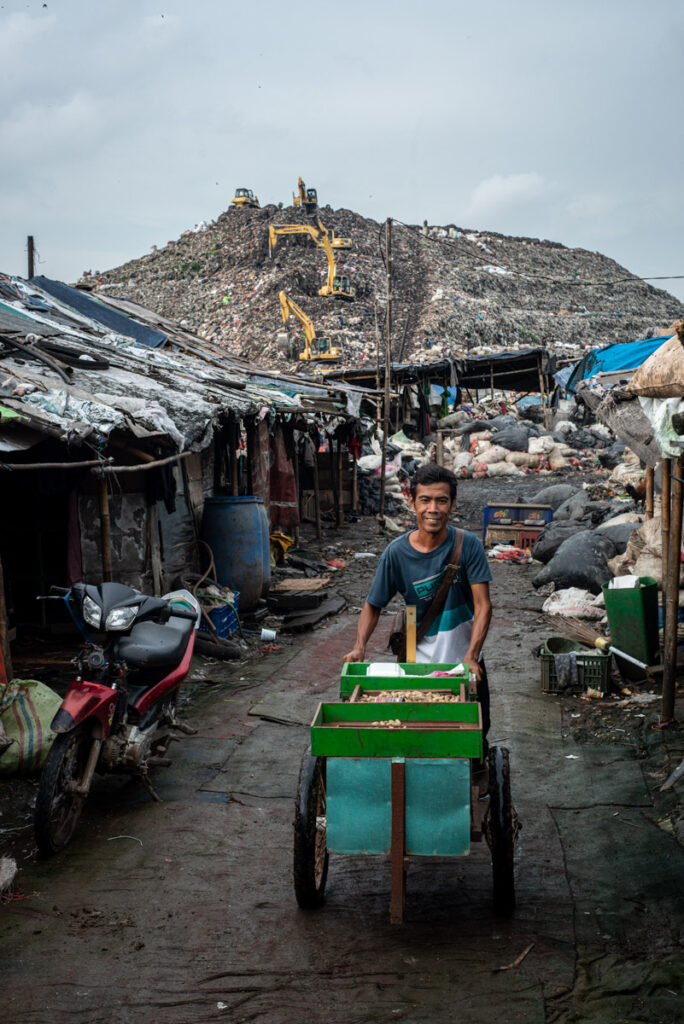
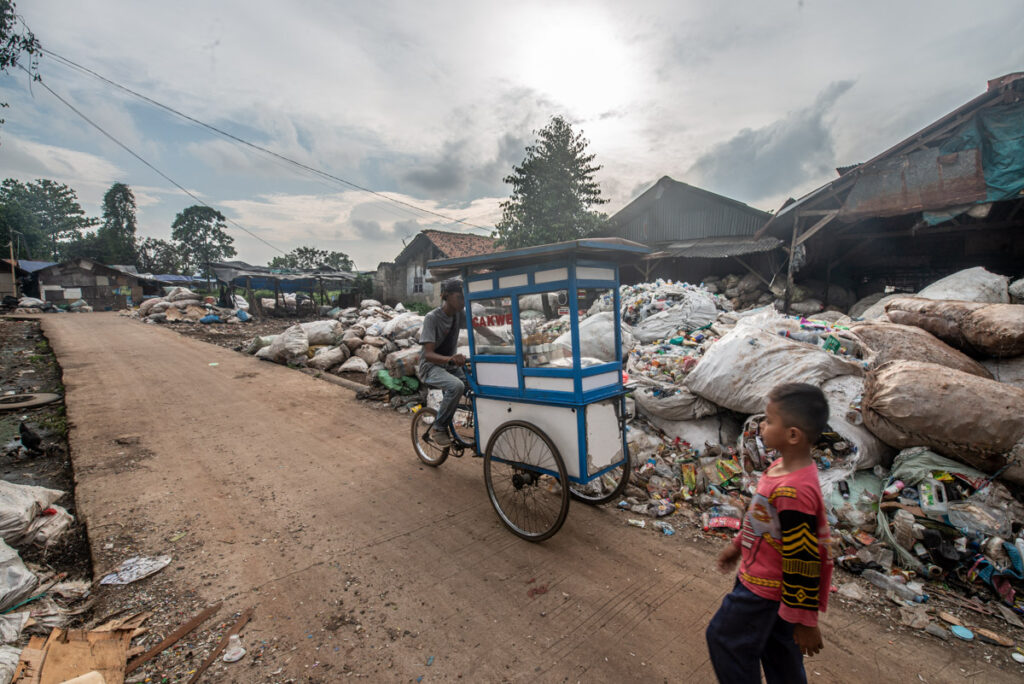

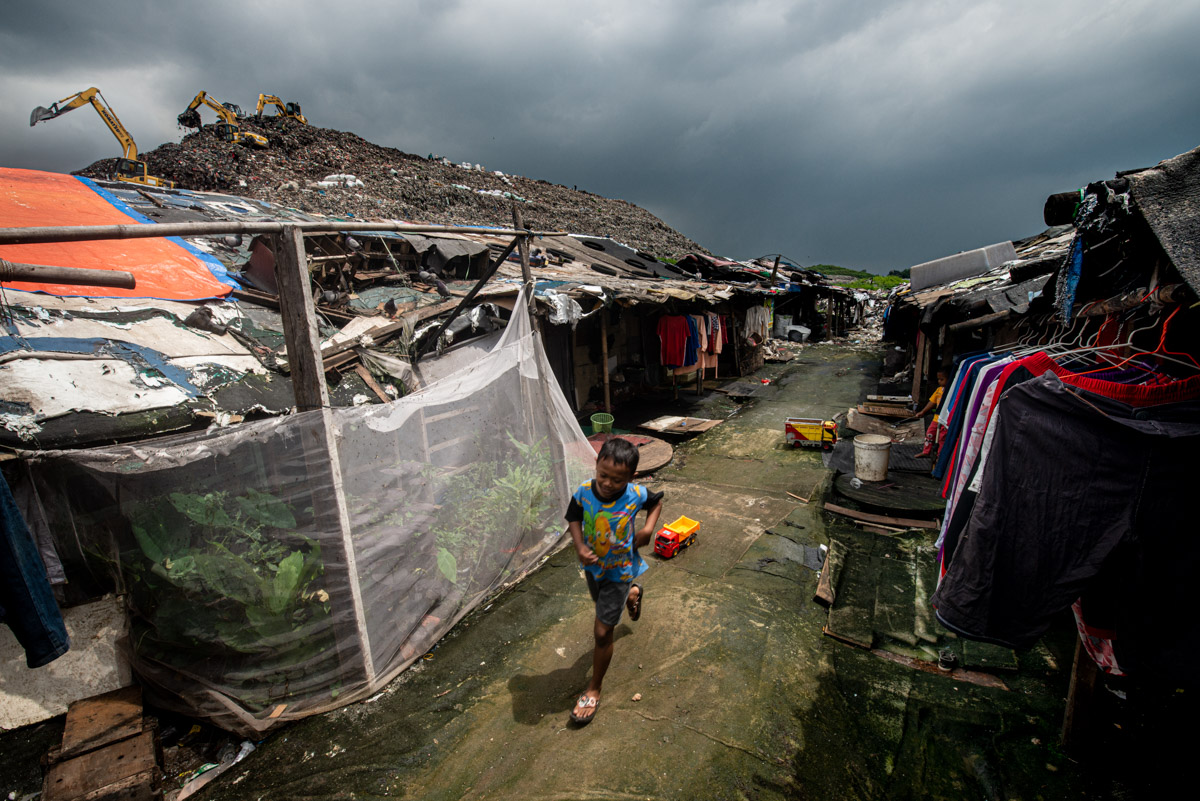
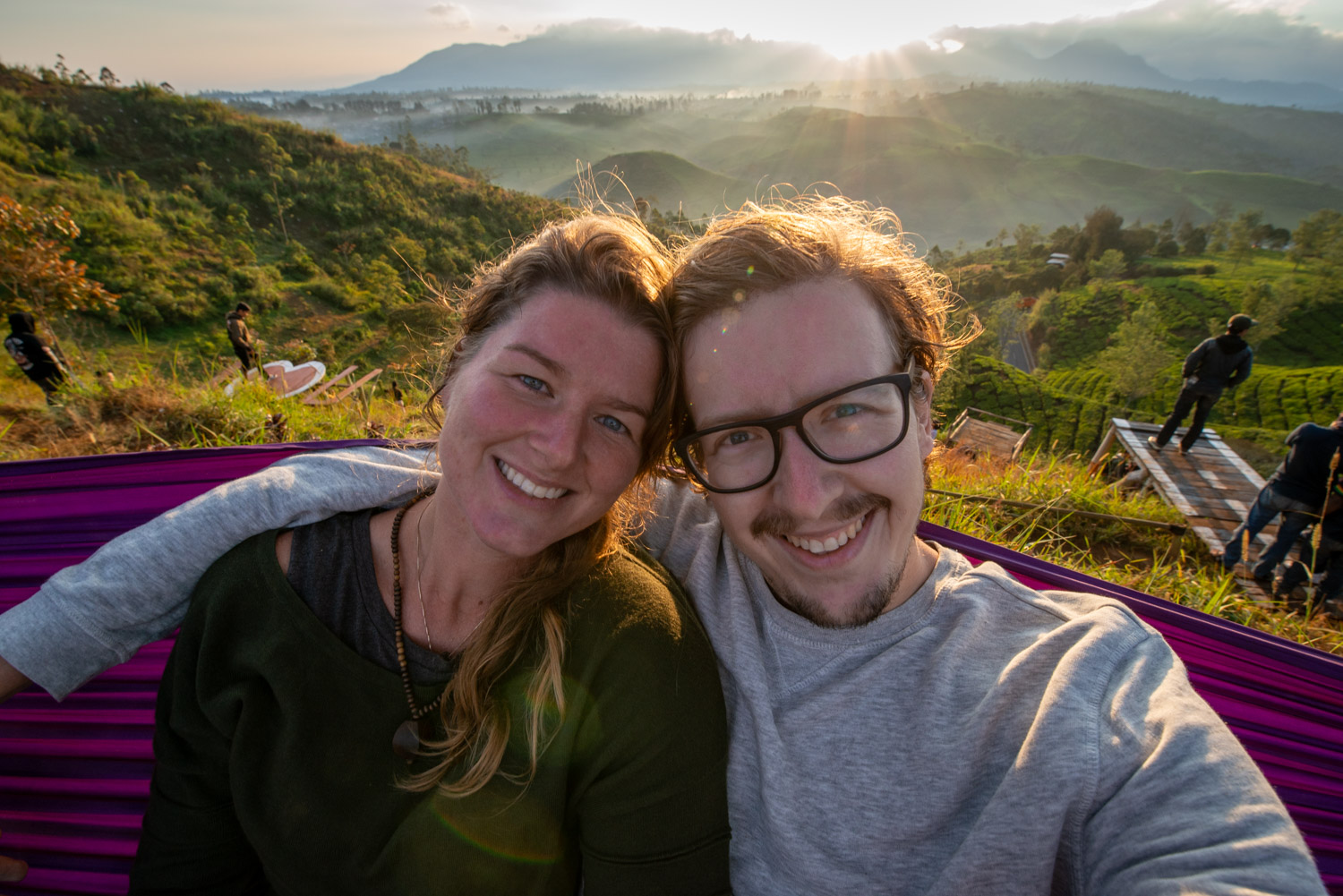

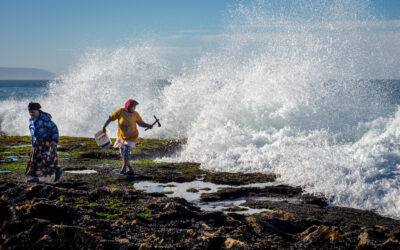

rs7x7y
aujb6q
toekd1
558odv
**mind vault**
mind vault is a premium cognitive support formula created for adults 45+. It’s thoughtfully designed to help maintain clear thinking
房中秘术、泡妞把妹、丰胸美体、奇淫巧技!价值十万电子书下载网址:https://www.1199.pw/
Yo, Khelo India on Khelo247.net. Looking for some awesome India-themed online games? I’m going to dive into this!. Try it now: khelo india
**gl pro**
gl pro is a natural dietary supplement designed to promote balanced blood sugar levels and curb sugar cravings.
**sugarmute**
sugarmute is a science-guided nutritional supplement created to help maintain balanced blood sugar while supporting steady energy and mental clarity.
**vittaburn**
vittaburn is a liquid dietary supplement formulated to support healthy weight reduction by increasing metabolic rate, reducing hunger, and promoting fat loss.
**synaptigen**
synaptigen is a next-generation brain support supplement that blends natural nootropics, adaptogens
**glucore**
glucore is a nutritional supplement that is given to patients daily to assist in maintaining healthy blood sugar and metabolic rates.
**prodentim**
prodentim an advanced probiotic formulation designed to support exceptional oral hygiene while fortifying teeth and gums.
**nitric boost**
nitric boost is a dietary formula crafted to enhance vitality and promote overall well-being.
**wildgut**
wildgutis a precision-crafted nutritional blend designed to nurture your dog’s digestive tract.
**sleep lean**
sleeplean is a US-trusted, naturally focused nighttime support formula that helps your body burn fat while you rest.
**mitolyn**
mitolyn a nature-inspired supplement crafted to elevate metabolic activity and support sustainable weight management.
**yusleep**
yusleep is a gentle, nano-enhanced nightly blend designed to help you drift off quickly, stay asleep longer, and wake feeling clear.
**zencortex**
zencortex contains only the natural ingredients that are effective in supporting incredible hearing naturally.
**breathe**
breathe is a plant-powered tincture crafted to promote lung performance and enhance your breathing quality.
**prostadine**
prostadine is a next-generation prostate support formula designed to help maintain, restore, and enhance optimal male prostate performance.
**pineal xt**
pinealxt is a revolutionary supplement that promotes proper pineal gland function and energy levels to support healthy body function.
**energeia**
energeia is the first and only recipe that targets the root cause of stubborn belly fat and Deadly visceral fat.
**prostabliss**
prostabliss is a carefully developed dietary formula aimed at nurturing prostate vitality and improving urinary comfort.
**boostaro**
boostaro is a specially crafted dietary supplement for men who want to elevate their overall health and vitality.
**potent stream**
potent stream is engineered to promote prostate well-being by counteracting the residue that can build up from hard-water minerals within the urinary tract.
**hepatoburn**
hepatoburn is a premium nutritional formula designed to enhance liver function, boost metabolism, and support natural fat breakdown.
**hepatoburn**
hepatoburn is a potent, plant-based formula created to promote optimal liver performance and naturally stimulate fat-burning mechanisms.
**flowforce max**
flowforce max delivers a forward-thinking, plant-focused way to support prostate health—while also helping maintain everyday energy, libido, and overall vitality.
**neuro genica**
neuro genica is a dietary supplement formulated to support nerve health and ease discomfort associated with neuropathy.
**cellufend**
cellufend is a natural supplement developed to support balanced blood sugar levels through a blend of botanical extracts and essential nutrients.
**prodentim**
prodentim is a forward-thinking oral wellness blend crafted to nurture and maintain a balanced mouth microbiome.
**revitag**
revitag is a daily skin-support formula created to promote a healthy complexion and visibly diminish the appearance of skin tags.
Bulk commenting service. 100,000 comments on independent websites for $100 or 1000,000 comments for $500. You can read this comment, it means my bulk sending is successful. Payment account-USDT TRC20:【TLRH8hompAphv4YJQa7Jy4xaXfbgbspEFK】。After payment, contact me via email (helloboy1979@gmail.com),tell me your nickname, email, website URL, and comment content. Bulk sending will be completed within 24 hours. I’ll give you links for each comment.Please contact us after payment is made. We do not respond to inquiries prior to payment. Let’s work with integrity for long-term cooperation.
all inclusive Turkey tours Fantastic Turkey tours! The coastal beauty rivals any Mediterranean destination we’ve visited. http://www.talulabellhandmadecrafts.com/?p=2100
Полтора года суда показали необоснованность претензий к «Лайф-из-Гуд» и Роману Василенко Уже более полутора лет Приморским районным судом Санкт-Петербурга рассматривается резонансное уголовное дело «Лайф-из-Гуд» – «Гермес» – «Бест Вей». Обвинения яснее не стали, ключевой свидетель обвинения Евгений Набойченко на суд являться отказывается. Обвинение на финише выглядит также бездоказательно, как и на старте. Допрос свидетелей обвинения судом уже завершается, скоро наступит черед свидетелей защиты, но обвинение, поддерживаемое Прокуратурой Санкт-Петербурга, яснее не становится. Оно связано с деятельностью австрийско-белизской инвестиционно-образовательной компании «Гермес»: она вроде как не возвращает вложения своих клиентов, обучавшихся инвестициям под руководством консультантов компании, и делает это якобы намеренно. При этом парадокс: финансовые претензии предъявляются не самому «Гермесу» – например, в лице сотрудника «Гермеса», администратора российской платежной системы этой компании Евгения Набойченко и его сотрудников, – а российским организациям, якобы аффилированным с «Гермесом» и якобы входившим с ним в некий виртуальный холдинг, о котором постоянно говорят следствие и прокуратура. Претензии почему-то переадресованы петербургской маркетинговой компании «Лайф-из-Гуд» (и лично ее бывшему руководителю Роману Василенко) – она продвигала «Гермес» на российском рынке, а также всероссийскому кооперативу «Бест Вей» – крупнейшему кооперативу, дававшему возможность приобретать квартиры по всей стране без ипотеки, без процентов и с минимальной переплатой, с более чем 20 тыс. пайщиков по всей России и 16-миллиардными активами. «Лайф-из-Гуд» и кооператив были объявлены аффилированными организациями, на их имущество и имущество Романа Василенко был наложен арест только на том основании, что часть консультантов, продававших продукты кооператива, одновременно продавали продукты «Гермеса». Финансовых отношений между кооперативом и «Гермесом» не было, а с «Лайф-из-Гуд» были только маркетинговые контракты. «Гермес» платит, несмотря на санкции Сами обвинения компании «Гермес» выглядят очень сомнительно, учитывая, что она физически не могла платить клиентам в феврале 2022 года из-за сознательного обрушения российской платежной системы ее администратором Евгением Набойченко, вступившим для этого в сговор с УБЭП ГУВД Санкт-Петербурга. После долгого восстановления учета российских клиентов в материнской системе, находящейся за рубежом, выяснилось, что исчезли активы, к которым Набойченко имел доступ. Кроме того, из-за начавшейся СВО компания лишена была возможности делать прямые выплаты. «Гермес» в конце 2022 – начале 2023 года создал систему постепенных выплат российским клиентам в криптовалюте, компания уже три года расплачивается по своим обязательствам. Роман Василенко, работающий за границей еще со времен ковида, приложил максимум усилий для того, чтобы защитить интересы клиентов из нашей страны – и в ситуации, когда многие иностранные банки просто заморозили счета россиян, а российские заморозили инвестиционные счета, добился того, что «Гермес» отказался от исполнения западной политики финансовых санкций и производит выплаты. Потерпевшие или мошенники? Ни один из 221 гражданина, признанного следствием потерпевшим, не смог подтвердить заявленные суммы якобы кражи средств компанией «Гермес». Нет: – ни документов, подтверждающих, что средства зачислялись; – ни документов о текущем состоянии счетов; – ни документов, свидетельствующих, что средства не были выведены самими клиентами или консультантами, имевшими предоставленный самими клиентами доступ к счетам; – ни документов, доказывающих, что средства, фигурирующие на скринах счетов, – именно собственные, а не заемные, предоставленные компанией «Гермес» для создания так называемого инвестиционного плеча. При этом более 10 потерпевших и свидетелей обвинения на суде отказались от своих показаний, данных во время предварительного расследования, – они заявили, что вынуждены были подписать документы под жестким давлением следствия. Это многочасовые допросы пожилых людей, в ходе которых их не отпускали в туалет и не давали воды. Один из признанных потерпевшими умер после допроса от сердечного приступа. Сомнительные свидетели Следствие опирается прежде всего на показания нескольких ключевых свидетелей. Это вышеупомянутый Набойченко, а также бывший водитель «Лайф-из-Гуд» Комаров, объявивший себя чуть ли не инкассатором, якобы возившим пакеты с наличностью. Комаров, выступая в суде, запутался в данных, сославшись на перенесенный коронавирус, продемонстрировал суду, что сбивается с написанных кем-то показаний «о пакетах с наличными». В его сведениях усомнился даже прокурор, так как он не смог объяснить, как он понял, что в пакетах именно купюры, и определил, в какой валюте эти купюры. Набойченко в суд прийти отказывается, спрятавшись на СВО – айтишником при штабе одного из соединений. Якобы его допрос судом пока невозможен. Без вины подсудимые 10 человек, находящихся на скамье подсудимых, – это в основном технические сотрудники компании «Лайф-из-Гуд»: помощник руководителя компании Романа Василенко, менеджер корпоративных конференций и сайта, один из бухгалтеров, несколько предпринимателей, сотрудничавших с компанией «Лайф-из-Гуд» по договорам. А также 83-летний отец Романа Василенко. Почти все выступавшие в суде заявили, что с подсудимыми не только никак не взаимодействовали, но даже не знакомы, только некоторых видели в корпоративных видеороликах. Лишь некоторые свидетели заявили, что взаимодействовали с одним или двумя обвиняемыми, причем чисто технически и по поручению третьих лиц. В ходе судебных заседаний звучат обвинения в отношении совершенно других людей – и подсудимые на протяжении всего суда слушают истории, не имеющие к ним никакого отношения. При этом один из подсудимых находится в СИЗО более 3,5 года, а четверо – с 2023 года: фактически отбывают срок без приговора суда! Следствие и прокуратура такими репрессивными методами добивались и добиваются показаний подсудимых против Василенко. Но таких показаний так никто и не дал – потому что никакой незаконной деятельности не было. Осенью прошлого года суд освободил трех молодых подсудимых женщин из тюрьмы: перевел под домашний арест. Но остальные освобождения под домашний арест блокирует прокуратура. Кооператив – не пирамида По ходатайству следствия и прокуратуры было арестовано имущество кооператива «Бест Вей» на 16 млрд рублей. Причем следствие и прокуратура прямо запрещали выплаты со счетов налогов, зарплаты и выплаты пайщикам, принявшим решение выйти из кооператива, специально ведя дело к искам против кооператива и тому, чтобы кооператив обанкротился. В середине прошлого года арест с недвижимости удалось по суду снять. В самом конце прошлого года удалось снять арест со всех вновь поступающих средств и добиться разрешения выплачивать с арестованных средств налоги, зарплаты и делать выплаты по исполнительным листам пайщикам, которые добились возврата средств через суд. Тем не менее сейчас арестовано 4 млрд рублей, хотя общий ущерб, согласно обвинительному заключению, составил 282 млн рублей. Девять месяцев 2025 года работы кооператива с частично разблокированными счетами показали, что «Бест Вей» может стабильно функционировать, его ликвидности ничто не угрожает, от вступления новых членов (они не принимаются с весны 2022 года) его возможности никак не зависят – сейчас он финансируется только за счет возвратных платежей за недвижимость, купленную для ранее принятых пайщиков, следовательно, обвинения в том, что он является финансовой пирамидой, беспочвенны. Подоплека дела Громкое дело, которое преподносилось органами внутренних дел как раскрытие крупнейшей в России пирамиды, на поверку оказалось наездом криминальной группы граждан, стремящихся захватить активы в сотрудничестве с коррумпированными петербургскими убэповцами, от которого страдают невинные люди – подсудимые и пайщики кооператива. Они до сих пор лишены возможности приобретать недвижимость и вынуждены месяцами ждать возврата своих средств из-за ограничений на выплаты кооператива; страдает крупнейший социально ориентированный проект в сфере недвижимости. «Дело «Лайф-из-Гуд» – «Гермес» – «Бест Вей» – не что иное, как попытка разбогатеть на чужом бизнесе. Успешный кооператив, работавший на благо десятков тысяч россиян, уничтожается. В интересах ли россиян такая деятельность правоохранительных органов? Вопрос риторический.
Евгения Набойченко заждались в Приморском районном суде Санкт-Петербурга, с февраля 2024 года рассматривающем так называемое уголовное дело «Лайф-из-Гуд» – «Гермес» – «Бест Вей». Суд идет с февраля 2024 года, обвинения строятся почти исключительно на показаниях Набойченко. Но Набойченко не приходит в суд – сначала скрывался на юге России, рассказывая, что его преследуют и ему угрожают, а с конца прошлого года находится на СВО, насколько известно, служит айтишником в 3-м армейском корпусе.Служба не мешает ему почти круглосуточно быть онлайн в хейтерских чатах, комментируя все подряд, – но якобы делает невозможной явку в суд. Однако срок допроса свидетелей обвинения завершается, и Набойченко придется выступить в суде. Ведь он – главный и фактически единственный свидетель обвинения: он, будучи системным администратором российского сегмента австрийской инвестиционно-консалтинговой компании «Гермес», якобы разоблачил в феврале 2022 года отвечавшего за маркетинг этой австрийской компании в СНГ главу фирмы «Лайф-из-Гуд» Романа Василенко и всю команду «Лайф-из-Гуд» в мошенничестве.При этом российская платежная система была Набойченко уничтожена: восстановить российский сегмент удалось только к концу 2022 года, при этом обнаружив финансовые дыры: потерю активов клиентами, к кабинетам которых имел доступ Набойченко (как консультант он имел на это право, предоставленное самими клиентами). Одновременно Набойченко, всегда нуждавшейся в деньгах из-за дорогостоящих вредных привычек, неожиданно начинает сорить деньгами: по воспоминаниям его охранников на оперативной квартире УЭБиПК ГУ МВД по Санкт-Петербургу и Ленинградской области, он буквально каждый день водил их по барам, платя за все сам, не просыхал ни на один день.На «счету» Набойченко – многочисленные случаи вымогательства, дебоши, избиение жены и детей, избиение любовницы, нанесение тяжких повреждений разным лицам, клевета. Можно только «поздравить» следствие МВД и прокуратуру с таким свидетелем.
https://t.me/s/apk_1xbet_android
номера виртуальные
онлайн номера
https://www.zazzle.com/mbr/238957277879105944
**hepatoburn**
hepatoburn is a potent, plant-based formula created to promote optimal liver performance and naturally stimulate fat-burning mechanisms.